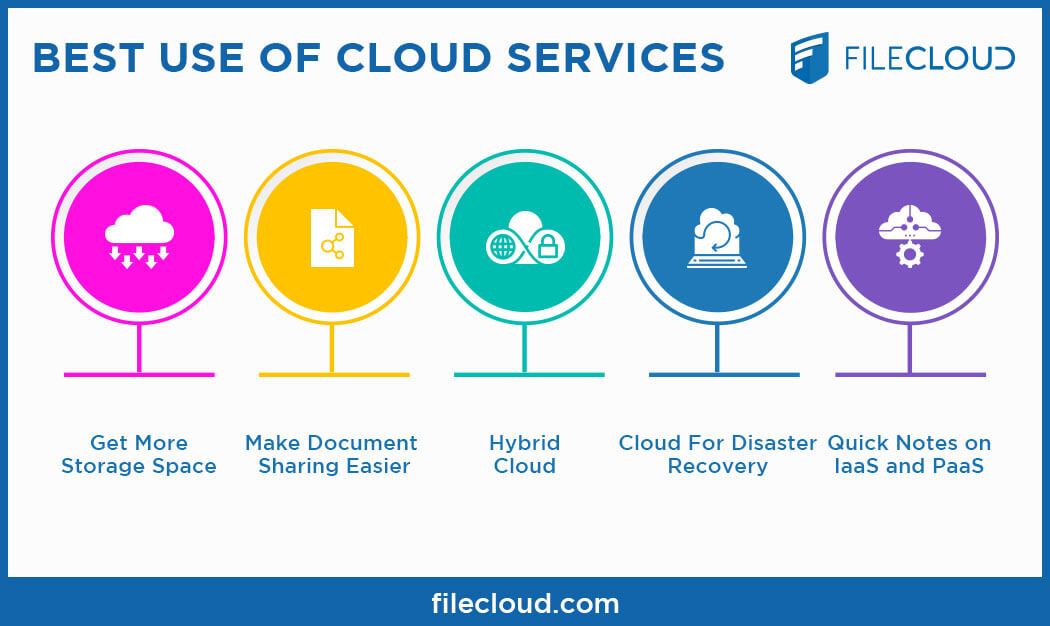Achieve Seamless Scalability With Cloud Solutions
In the ever-evolving landscape of cloud solutions, achieving smooth scalability stands as a keystone for modern-day companies looking for to stay adaptable and competitive. The capability to easily expand or acquire resources in response to transforming demands is an essential advantage in today's hectic digital setting. By grasping the art of scalable cloud remedies, organizations can not only optimize efficiency and enhance operations yet also lead the means for future growth and technology. The mission for smooth scalability with cloud solutions introduces a globe of opportunities for those ready to welcome the transformative power of dynamic source monitoring.
Advantages of Cloud Scalability
Cloud scalability supplies companies the adaptability to dynamically adjust resources based upon demand, ensuring optimal performance and cost effectiveness. One key benefit is the capacity to range resources up or down promptly in reaction to fluctuating work. This agility makes it possible for organizations to fulfill changing consumer requirements without over-provisioning sources, eventually bring about cost savings. Scalability likewise boosts performance by making certain that systems can manage increased web traffic or workload without experiencing downtime or slowdowns. By effectively assigning sources, companies can keep high degrees of performance throughout peak times without unnecessary costs during quieter periods. In addition, cloud scalability promotes development and experimentation by enabling organizations to conveniently evaluate brand-new ideas and scale them as needed. This flexibility motivates a culture of continuous improvement and adjustment, allowing organizations to remain competitive in a rapidly evolving market landscape. Ultimately, the benefits of cloud scalability extend beyond expense savings to include improved efficiency, dexterity, and innovation.
Key Functions for Scaling
Reliable scaling in cloud services counts on vital functions that make it possible for companies to adjust sources dynamically based on need. One more key attribute is scalability, making it possible for systems to deal with enhanced work by including resources perfectly. Overall, these vital functions collectively equip organizations to achieve smooth scalability in cloud services.
Executing Auto-Scaling Techniques
To properly maximize source allocation and adapt to varying work, companies need to purposefully apply auto-scaling methods in their cloud services infrastructure. Auto-scaling permits systems to immediately adjust the number of calculate sources based on real-time demand. There are various auto-scaling methods that companies can use, such as predictive scaling, which utilizes historic information to anticipate future resource demands, and responsive scaling, which reacts to present workload changes.

Finest Practices for Scalability
For companies aiming to enhance their scalability in cloud solutions, executing ideal techniques is critical for optimum performance and source administration. One secret finest method is designing applications with a microservices design. This strategy breaks down applications right into smaller sized, independent solutions that can be deployed, upgraded, and scaled separately, permitting greater flexibility and scalability.
An additional essential practice is utilizing containerization innovation, such as Docker or Kubernetes. Containers enable the packaging of applications and their reliances into separated systems, making it much easier to scale parts separately and deploy them continually throughout different atmospheres.
Furthermore, applying automated release and infrastructure as code (IaC) can streamline scalability efforts (linkdaddy cloud services). Automation tools like Terraform or Ansible assistance in provisioning and handling sources successfully, reducing hand-operated mistakes and allowing rapid scalability
Furthermore, checking efficiency metrics, establishing informs, and conducting regular ability planning are crucial techniques to make sure proactive scalability management. By sticking to these best practices, companies can accomplish smooth scalability in their cloud go to the website services while optimizing efficiency and resource utilization.
Monitoring Performance Metrics
When analyzing the effectiveness of cloud solutions scalability, very closely keeping an eye on performance metrics is imperative for ensuring ideal capability and resource allowance. By continuously tracking vital performance indications (KPIs) such as action times, throughput, latency, and resource application, companies can gain beneficial understandings into the health and performance of their cloud infrastructure. Keeping an eye read this post here on efficiency metrics permits for the very early discovery of prospective bottlenecks or issues that might affect scalability, allowing positive steps to be taken to resolve them before they escalate.

Final Thought
To conclude, achieving smooth scalability with cloud solutions is vital for organizations to enhance efficiency, boost advancement, and keep high efficiency degrees during peak times. By leveraging the benefits of cloud scalability, executing auto-scaling strategies, using crucial features such as flexibility and automation, and complying with finest methods like application layout and performance surveillance, services can successfully scale their systems while making best use of source application and efficiency.
The mission for smooth scalability with cloud services unveils a world of opportunities for those willing to welcome the transformative useful site power of dynamic source administration.
Cloud scalability supplies companies the adaptability to dynamically adjust sources based on demand, making certain optimal performance and expense performance. An additional essential function is scalability, allowing systems to manage increased workload by adding resources flawlessly.For organizations intending to improve their scalability in cloud services, applying best practices is critical for optimum efficiency and resource monitoring.When evaluating the performance of cloud solutions scalability, closely keeping track of efficiency metrics is vital for ensuring optimum functionality and source allowance.